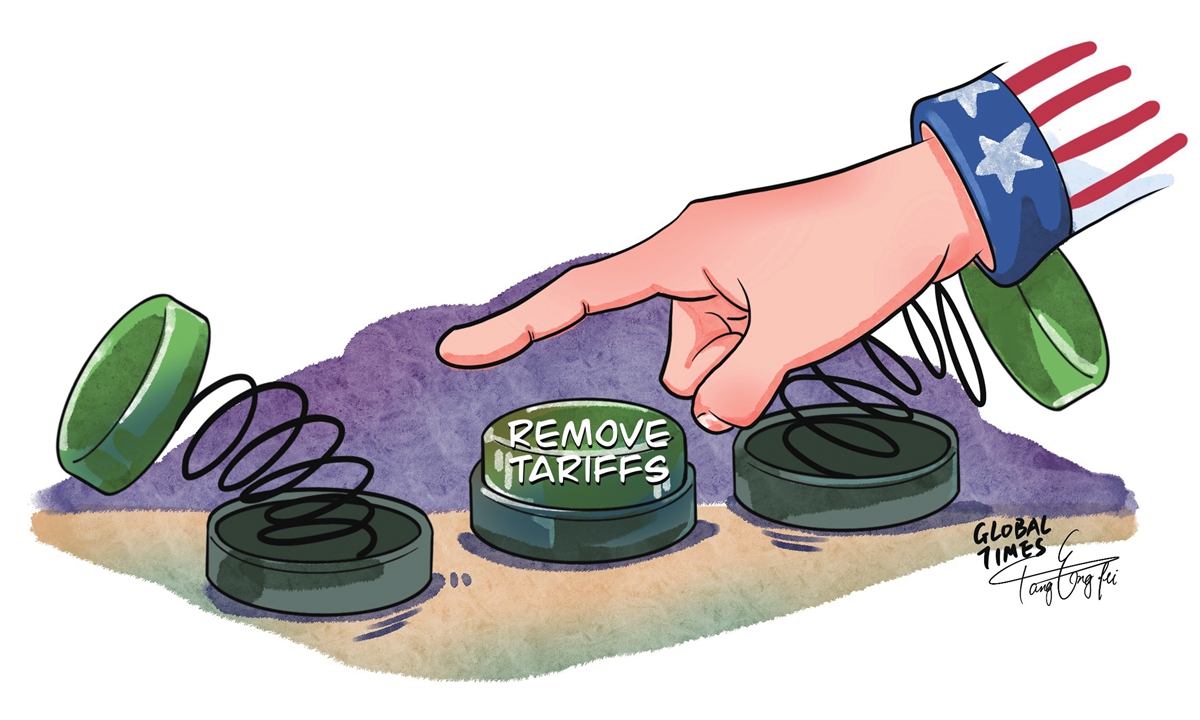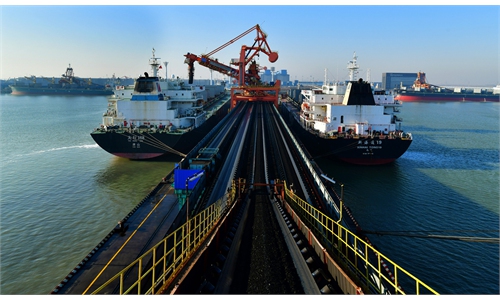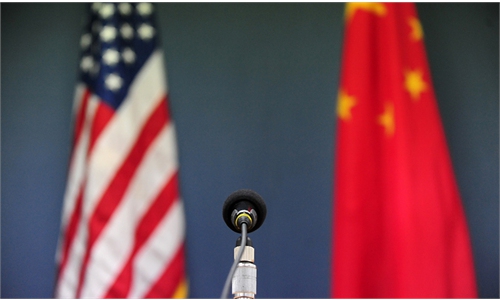
Illustration: Tang Tengfei/GT
The US Trade Representative's office said on Tuesday that it had begun a statutory process regarding a review of US tariffs on more than $300 billion worth of Chinese products ahead of their expiration in July. If any US business benefiting from those tariffs requests for a continuation of the tariff policy by July 6, the office will keep the tariffs in place while conducting a review on whether to continue the tariff policy or not.
The news came just one day after US Trade Representative Katherine Tai said on Monday that all tools are on the table to address rising inflation, but downplaying the prospects of a major move to reduce tariffs on Chinese imports.
While it seems that there is hope for changes to the tariffs that were imposed during the Trump administration, it is likely that the Biden administration may again drag its feet on making decisions on the tariffs under the pretense of conducting further reviews.
Ever since taking office, the Biden administration has offered US businesses and even the Chinese side plausible hope that they don't endorse the Trump administration's economic and trade policy toward China and are weighing options to change it. While US officials often signal that they are considering lowering tariffs on Chinese imports, the lack of real action is a clear indication of the Biden administration's adherence to his predecessor's approach when it comes to China tariffs.
If anything, there have been more such signals from senior US officials these days. In late April, US Secretary of the Treasury Janet Yellen and Deputy National Security Advisor Daleep Singh both talked about the deflationary impact of tariff reductions. The development may have something to do with the high inflation. US inflation surged to 8.5 percent in March from the same month a year ago, the highest since December 1981.
It is no secret that the reckless imposition of tariffs on Chinese imports has harmed US businesses and consumers by making goods more expensive, and there is growing awareness that removing or reducing tariffs would be one of the easiest ways to ease inflationary pressure. But the poisoned political atmosphere that clamors for playing tough toward China has made the seemingly easy choice hard.
So Washington may continue its ambiguity over the tariff policy, delaying making choice while waiting for China to make concessions, no matter how unlikely it is. Yet, the problem is how long the US economy will sustain the high inflationary pressure, and whether it is still justified to insist on tariffs that hurt the US more than China.
In fact, the overall rebound in China-US trade after a brief decline has already proved that the motive of the tariffs to contain Chinese manufacturing has failed. In 2021, trade between China and the US soared by 28.7 percent and amounted to $755.6 billion, maintaining a strong growth momentum, according to data from Chinese customs.
More importantly, the high volume of trade between the world's two largest economies shows that their trade cooperation remains a major issue affecting the direction of the world economy. At a time when the global economy is facing serious challenges, it is crucial as to whether China and the US can work toward the same direction to pull through the difficult period.
At present, over 120 countries are trading more with China than with the US, a proof of China's manufacturing strength. If Washington chooses to harm the trade relationship with China, the US' loss is very likely to be heavier than that of China's and it will give away its opportunities to others. And vice versa.
In this sense, whether the US can address problems in trade with China in a cooperative approach determines whether it can continue to retain its dominant position in the global economic system.



